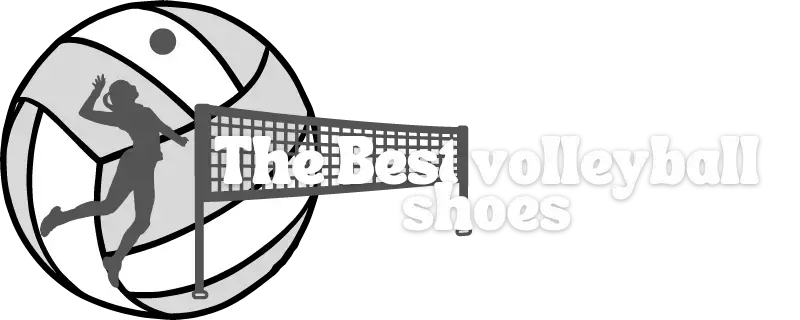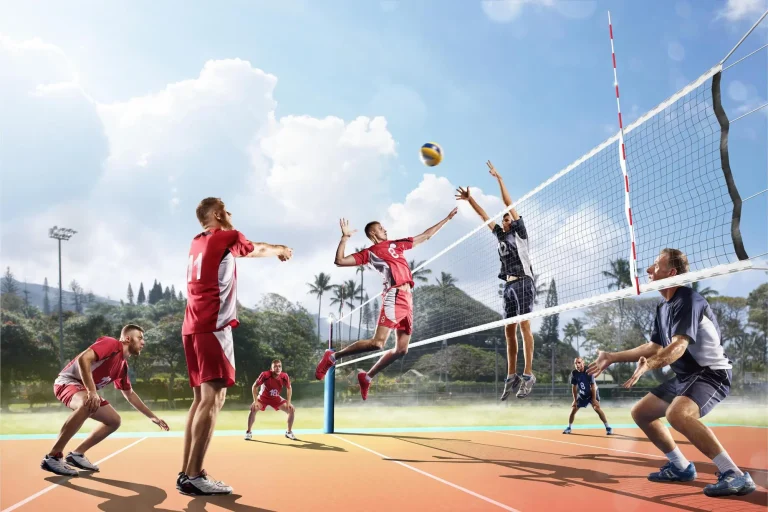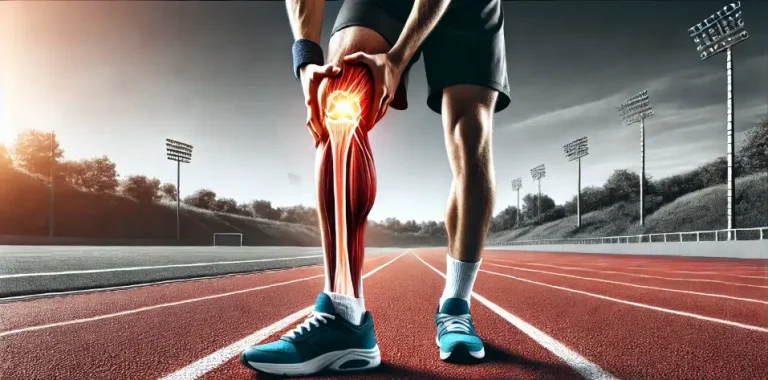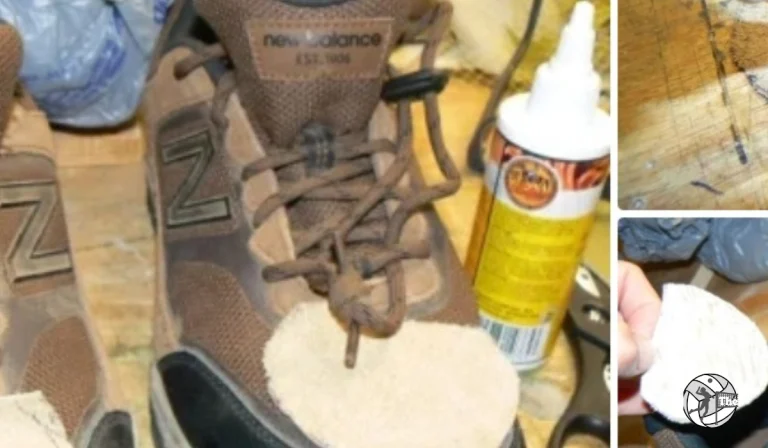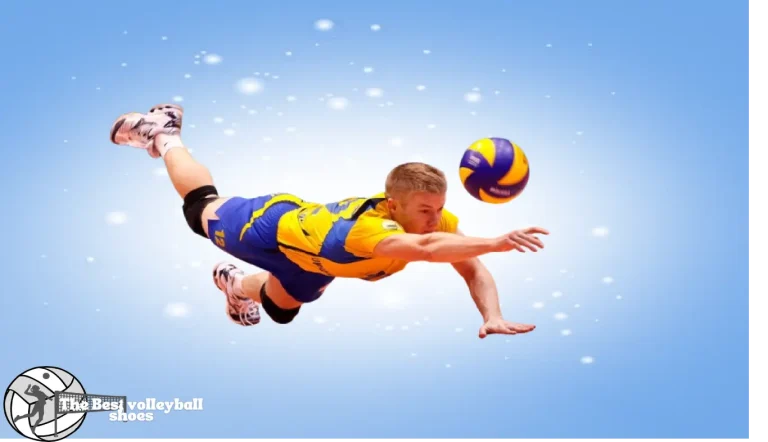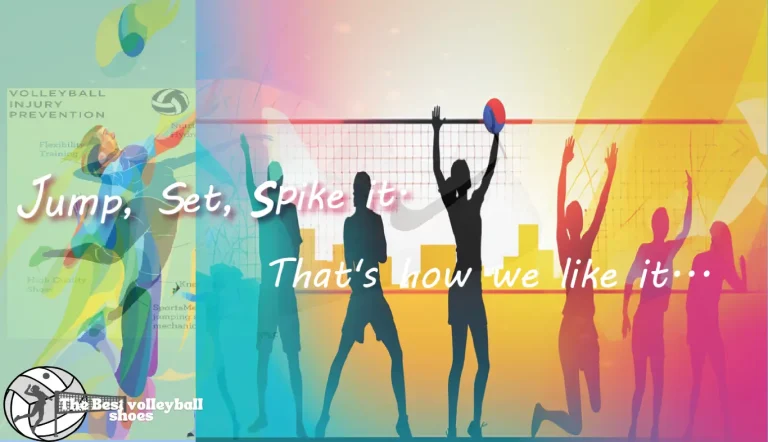Struggling with Freezing and Slowness in Volleyball: Easy Fixes to Improve Reaction Time
If you’re Struggling with Freezing and Slowness in Volleyball court, you’re not alone. Many players, especially beginners, experience this problem. You may feel stuck, like you can’t react quickly to the ball, especially during drop shots. The good news is, there are ways to improve! In this blog, we’ll look at common causes and easy solutions to help you react faster and move more smoothly during games.

Why Do You Struggling with Freezing and Slowness in Volleyball?
There are a few reasons why you might be struggling with slowness or freezing during volleyball games:
- Lack of Focus or Engagement: Sometimes, players aren’t fully in the game. If your mind is wandering or you’re nervous, you might not be reacting quickly when the ball comes your way.
- Slow Reaction Time: If you’re not used to fast-paced games, your brain might take longer to decide how to move.
- Positioning or Footwork: Standing in the wrong position or not being ready to move can make you feel slow.
- Confidence Issues: If you doubt yourself, you might hesitate when you should be acting fast.
How to Improve Your Reaction Time and Speed
Here are some tips and drills you can use to get better at reacting quickly and moving faster on the volleyball court:
1. Learn the Split Step
The split step is a small hop you do right before your opponent hits the ball. This move helps you react faster because you’re already in motion. Here’s how to do it:
- Right before the hitter makes contact with the ball, jump a little in place, landing lightly on your toes.
- This small jump will help you move in any direction much faster.
Tip: Look up “split step in volleyball” on YouTube for easy-to-follow tutorials.
2. Watch the Hitter’s Body Language
One way to improve your reaction time is by learning how to “read” the hitter. This means paying attention to how they’re standing and moving before they hit the ball. Here’s what to watch for:
- Shoulder direction: Where are their shoulders pointing? This can give you a clue about where they’ll hit the ball.
- Arm position: Is their arm fully back, or is it bent? A fully loaded arm means they might hit the ball hard, while an early raised elbow could mean a tip or soft shot is coming.
- Eyes and head: Where are they looking? Players often glance where they intend to hit.
By learning to read these signs, you can predict where the ball is going and move faster to defend it.
3. Work on Mental Toughness
Sometimes, freezing happens because of nerves or feeling overwhelmed. It’s important to work on staying calm and focused during games. Here are a few tips:
- Deep breathing: Take a few deep breaths before a serve or big play to help calm your nerves.
- Positive self-talk: Remind yourself, “I’ve got this,” or “I can get to that ball.” This helps you feel more confident.
- Visualize success: Before a game, picture yourself moving fast, making plays, and reacting quickly. This mental practice can improve your performance in real games.
4. Improve Your Footwork
Being in the right position can make a huge difference. Here’s what you can do:
- Stay on your toes: Always be ready to move. Don’t stand flat-footed with your heels on the ground.
- Keep your knees slightly bent: If you bend your knees too much, you’ll feel heavy and slow. Stay light on your feet by standing in a more relaxed, upright position.
5. Do Reaction Time Drills
Practicing reaction drills will help train your body to move faster. Some drills you can try:
- Partner drills: Have a friend stand in front of you and toss a ball to your left or right. Your job is to move quickly to catch or hit the ball before it hits the ground.
- Wall drills: Stand close to a wall and throw a ball against it. React quickly to catch it before it bounces twice.
- Agility ladder drills: Use an agility ladder (or chalk on the ground) to practice quick foot movements. This will improve your speed and coordination.
You can find these drills on YouTube or other sports training websites.
Final Thoughts
If you’re struggling with freezing or slowness in volleyball, don’t worry—it’s something you can fix! Start with learning the split step, focus on reading your opponent’s body language, and work on your mental toughness. Add in footwork and reaction drills, and you’ll start seeing improvements in no time.
Remember, volleyball is all about staying alert and trusting your instincts. With practice and the right mindset, you’ll stop freezing up and start making fast, confident plays!
If you freeze up or feel slow on the volleyball court, it’s important to improve your reaction time and how fast you move. A simple way to help is by wearing the right volleyball shoes. Shoes with good ankle support, like the Mizuno Wave Lightning Z6 Mid or ASICS Gel-Rocket 10, can help you move faster and feel more balanced. Pair these shoes with drills, like the split step, to stay quick on your feet and react faster during games. The right shoes and practice can really help you play better!
